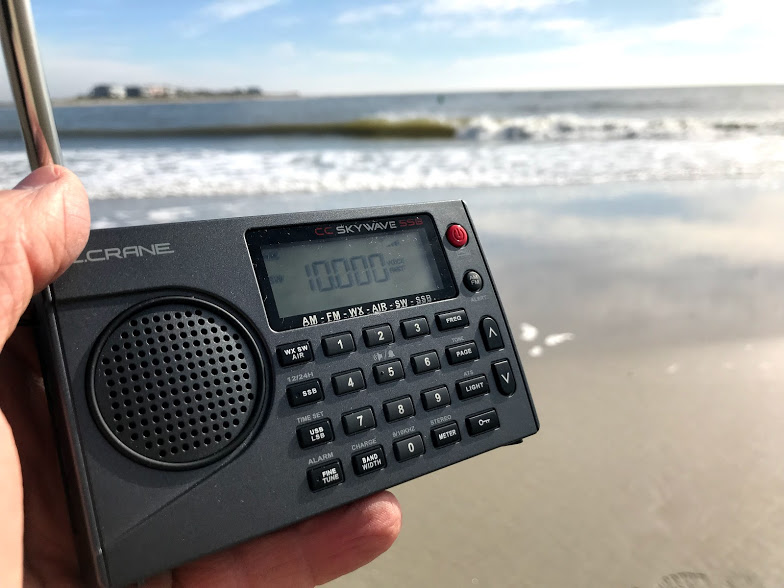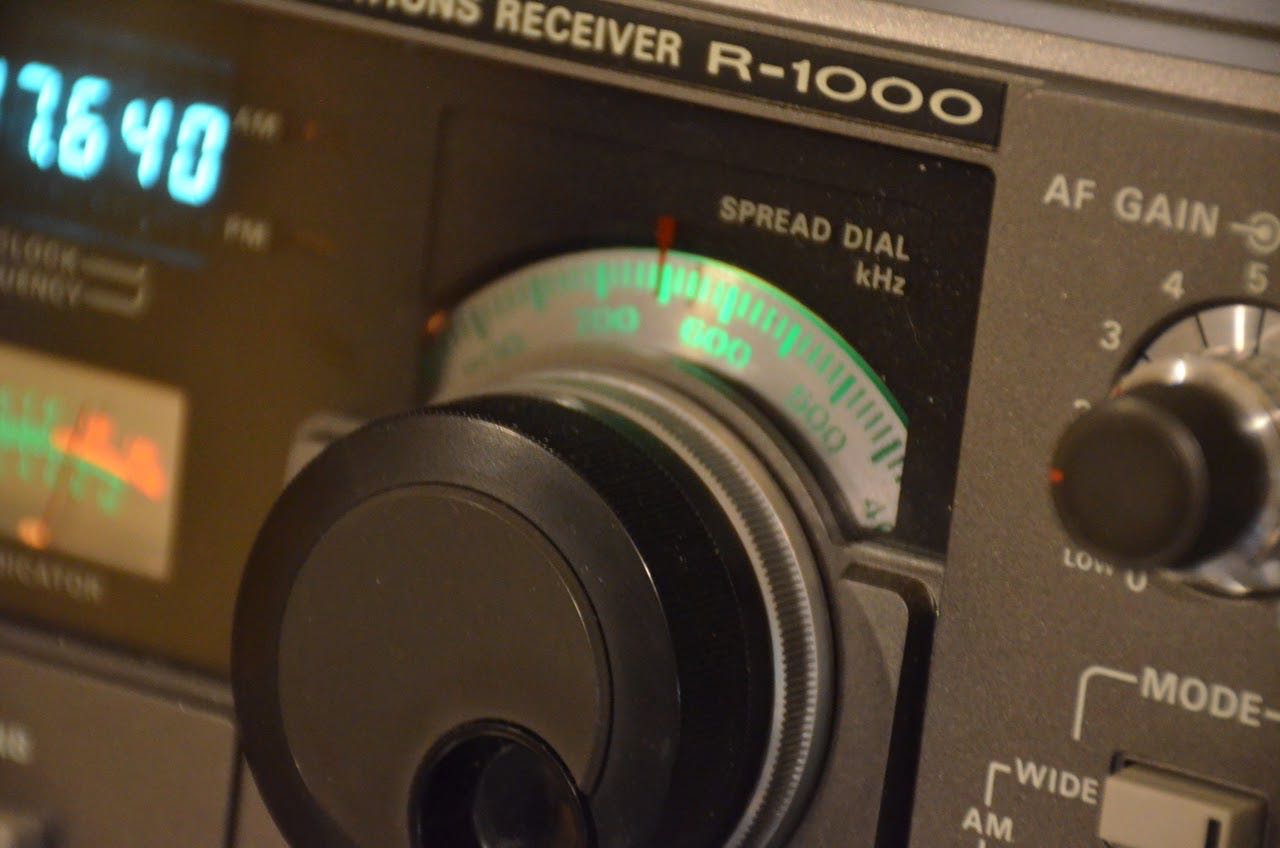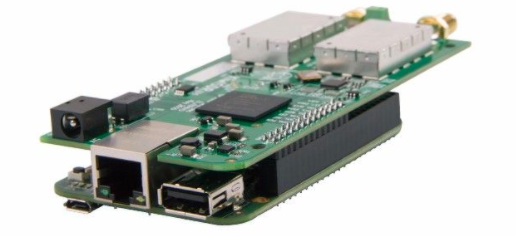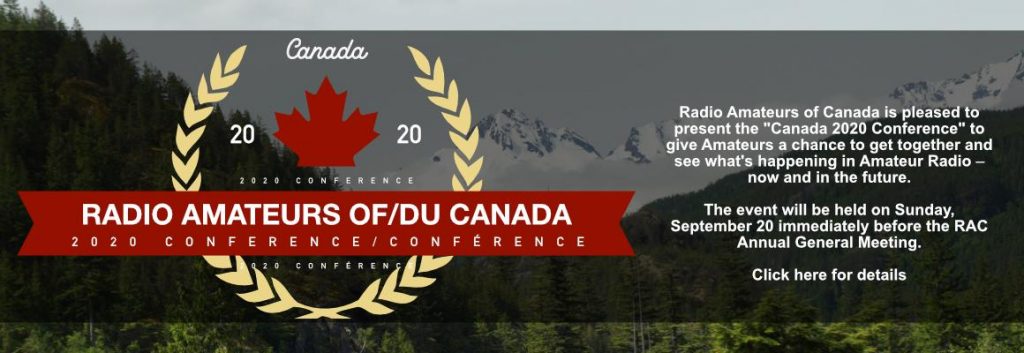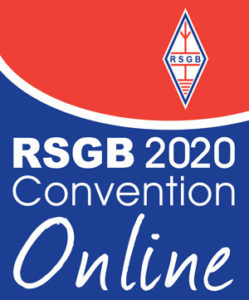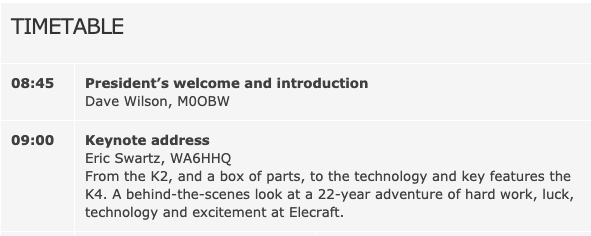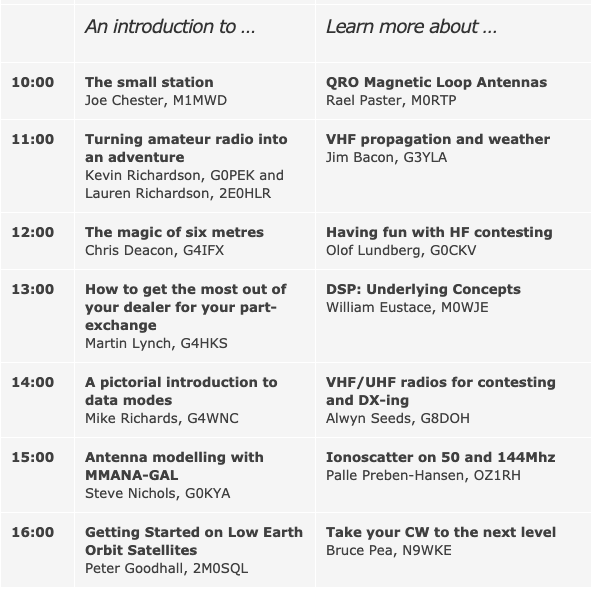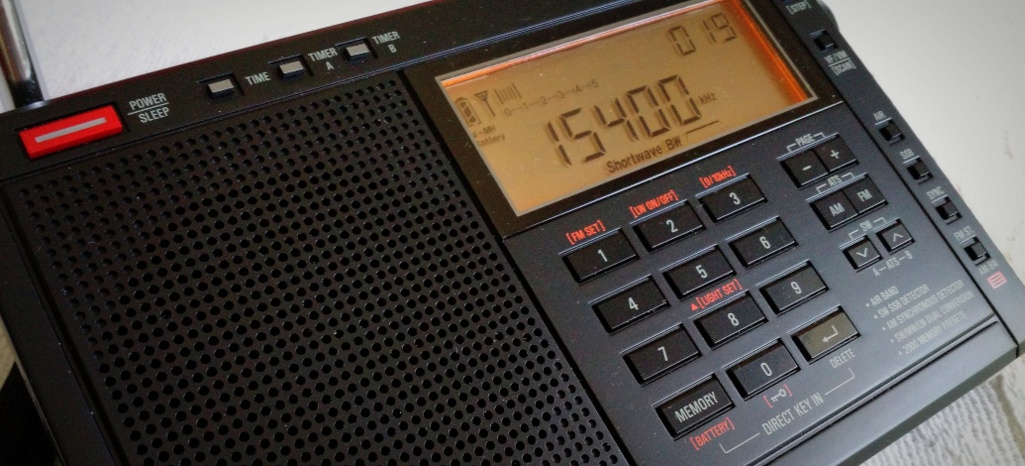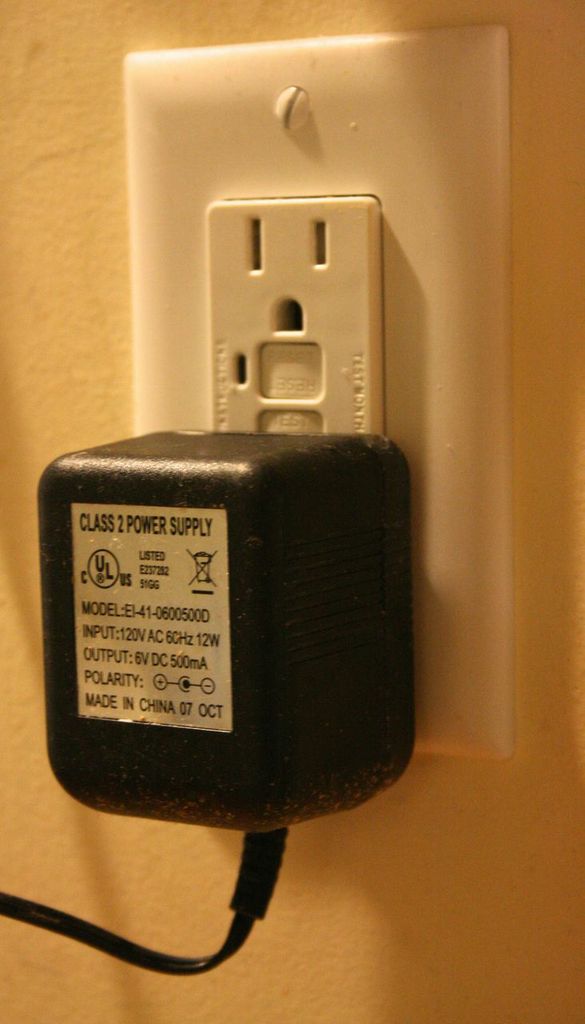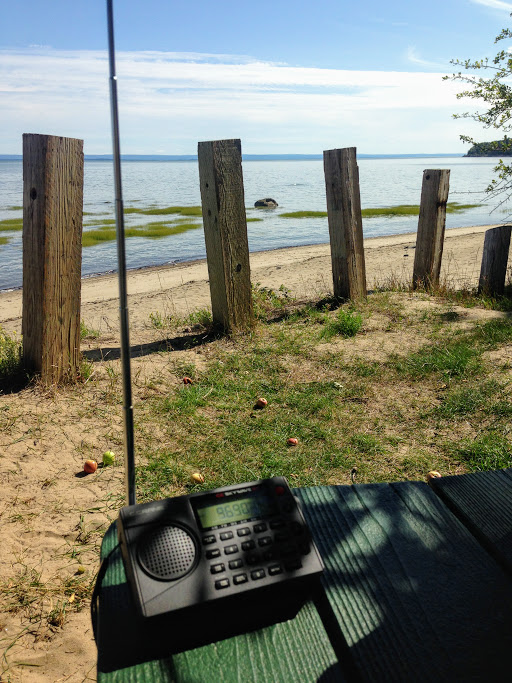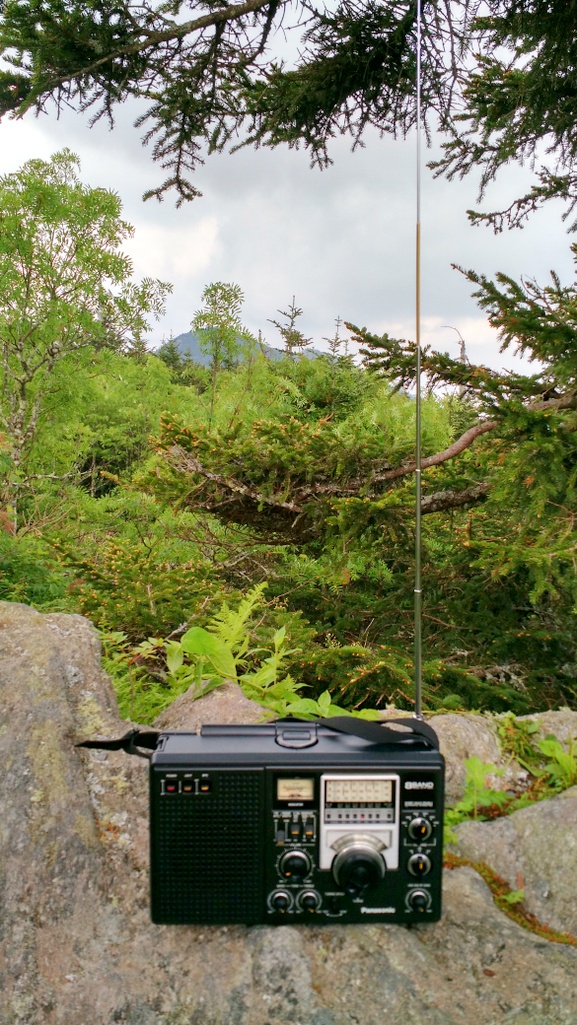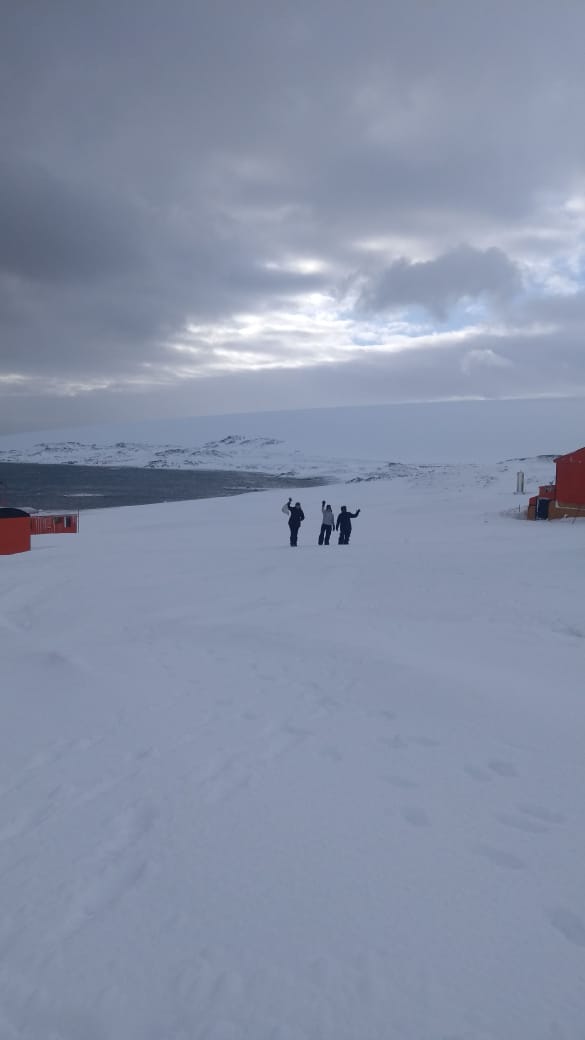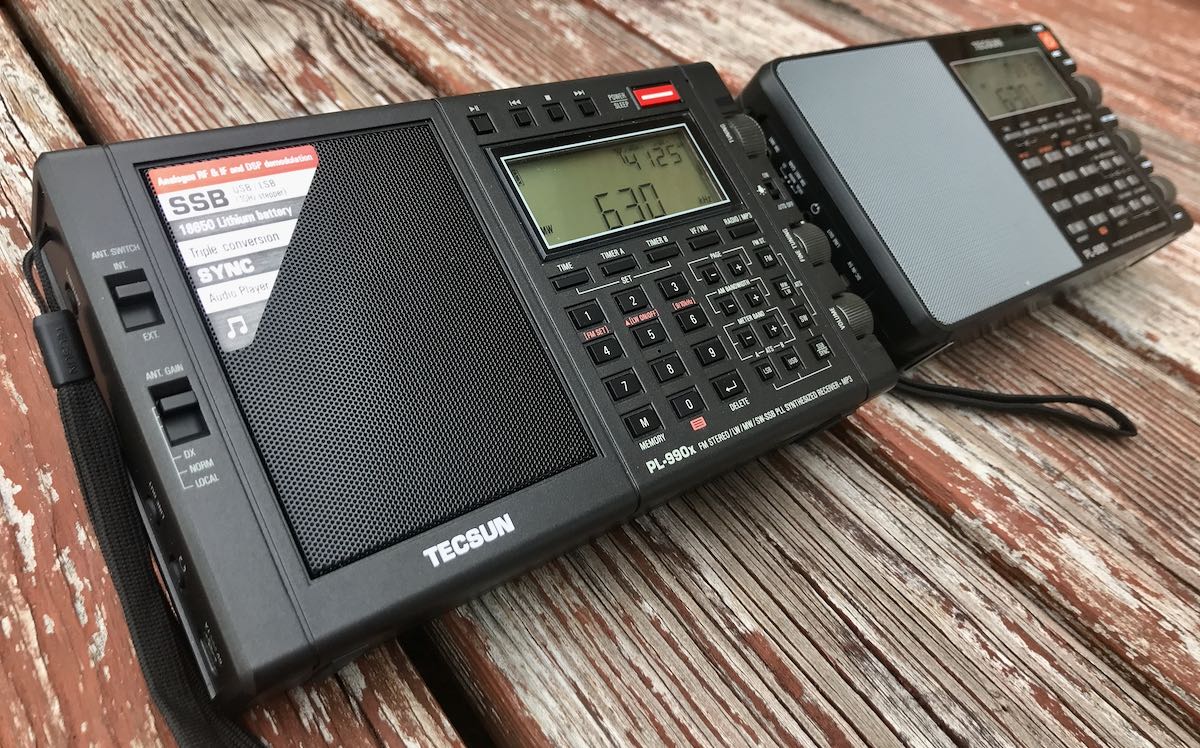 Many of you have been asking about the new Tecsun PL-990, especially as compared with the venerable PL-880. If you haven’t checked out Dan Robinson’s post yet, I highly recommend you do so. His long-format video will also give you a good indication of how both radios compare. Also check out George’s review of the PL-990.
Many of you have been asking about the new Tecsun PL-990, especially as compared with the venerable PL-880. If you haven’t checked out Dan Robinson’s post yet, I highly recommend you do so. His long-format video will also give you a good indication of how both radios compare. Also check out George’s review of the PL-990.
I’ve been incredibly busy here at SWLing Post HQ because a number of new products have all arrived at once–most were held up due to supply chain and logistics issues due to Covid-19.
In the background, I’ve been spending some dedicated time with the new PL-990x and comparing it with the PL-880. I’m writing a review of the PL-990 that will appear in the 2021 issue of the World Radio and TV Handbook.
Here are a few of my “field notes” I’ve gathered along the way. Most of these confirm what Dan and I have already stated about the PL-990x, but the notes below address the most common questions I’ve been asked by readers,
Shortwave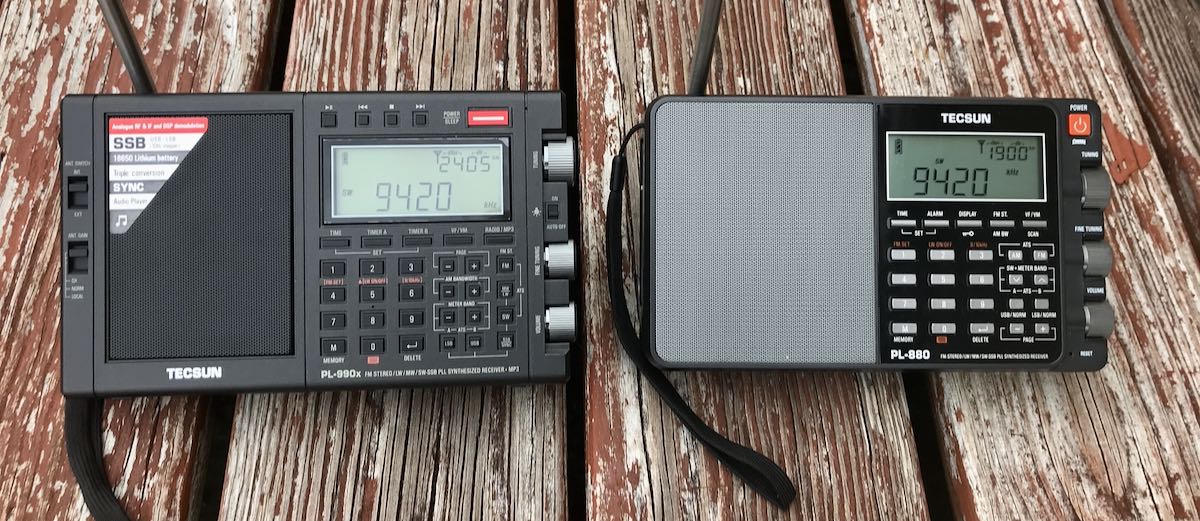
As Dan and I have both noted, the PL-880 still has a slight edge on the PL-990 in terms of sensitivity. It’s not a drastic difference in performance, but it is noticeable when comparing the radios in a noise-free location (in the field).
The PL-990 has a proper synchronous detection mode with sideband selection. Unlike the PL-880’s “hidden feature” sync detector, the PL-990 sync detector is quite functional. It does indeed help with selective fading and has an adjustable bandwidth that, in combination with sideband selection, helps mitigate noises or adjacent signals in one half of the carrier. With that said, I don’t feel the sync lock is as stable as, say, that of the PL-660 or PL-680. I do hear a muted heterodyne “wobble” when tuned to weak stations or during times of deep fading (as we are currently experiencing).
I’ve yet to spend a meaningful amount of time comparing both radios with external antennas connected.
Mediumwave
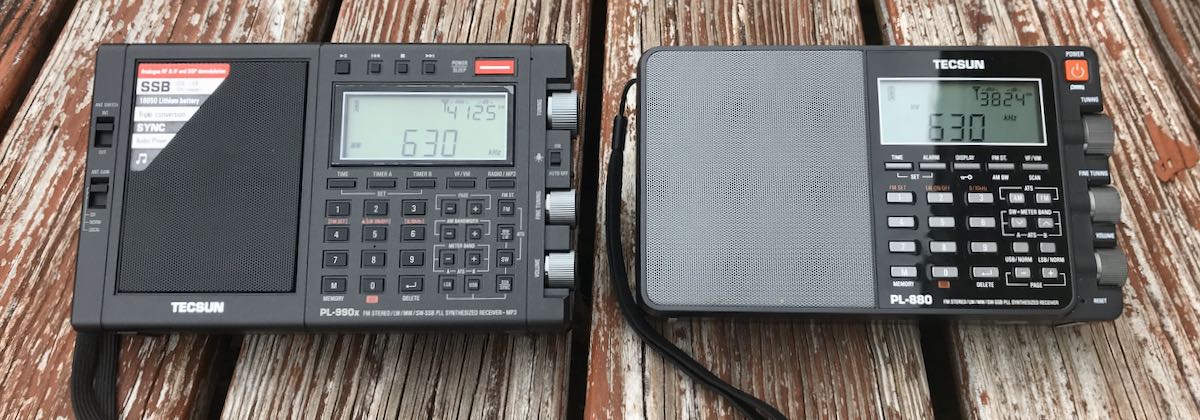 I’ve been testing this pre-production PL-990x for a couple weeks already and I do believe it has a slight edge on the PL-880 in terms of mediumwave sensitivity. Not a drastic difference–much like the difference between the two radio on shortwave, but the PL-990x seems to have the upper hand.
I’ve been testing this pre-production PL-990x for a couple weeks already and I do believe it has a slight edge on the PL-880 in terms of mediumwave sensitivity. Not a drastic difference–much like the difference between the two radio on shortwave, but the PL-990x seems to have the upper hand.
FM
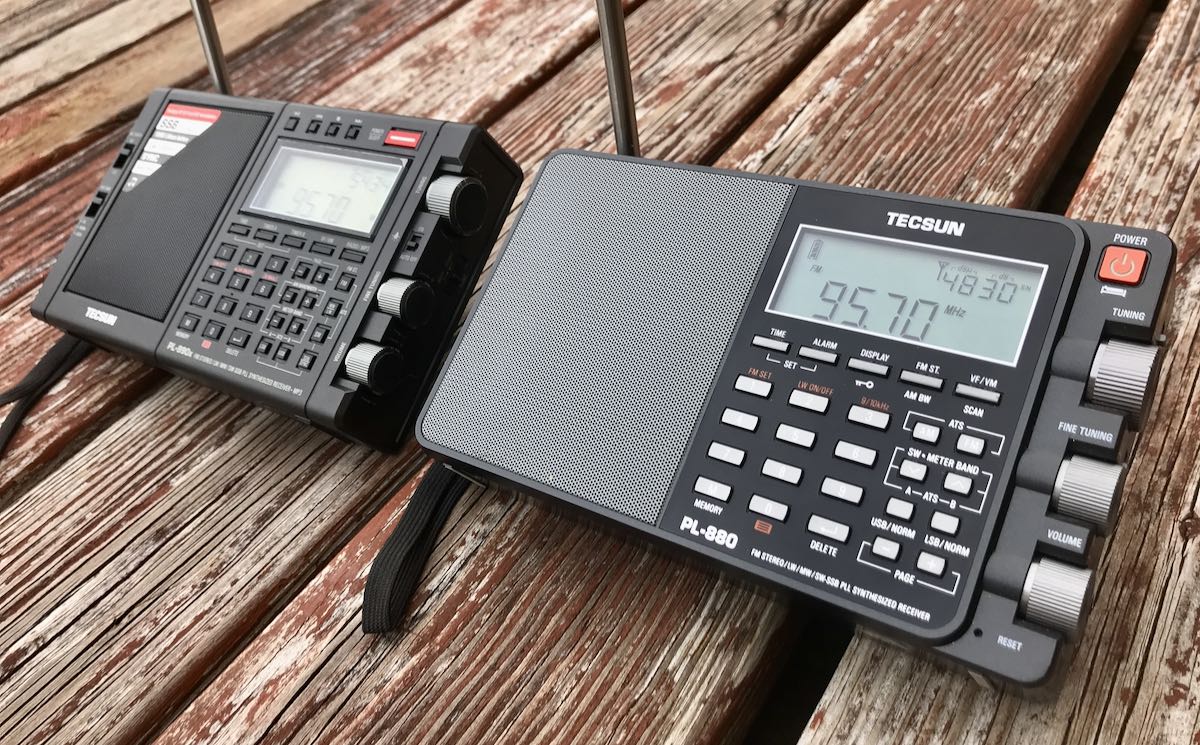 Both radios have superb FM reception. I feel like they’re very comparable.
Both radios have superb FM reception. I feel like they’re very comparable.
But since the PL-880 has a slightly better built-in speaker, it really can take advantage of FM radio audio fidelity when listening to music, for example. This is not to say that the PL-990 has crappy audio–far from the truth. Indeed, I was impressed with the audio when I first put the PL-990 on the air. You only notice the PL-880’s superior audio while doing side-by-side comparisons. Is it enough to sway my purchase decision? No, not really. For AM and shortwave–which is where I spend most of my time–the PL-990 audio is robust.
PL-990 strong points
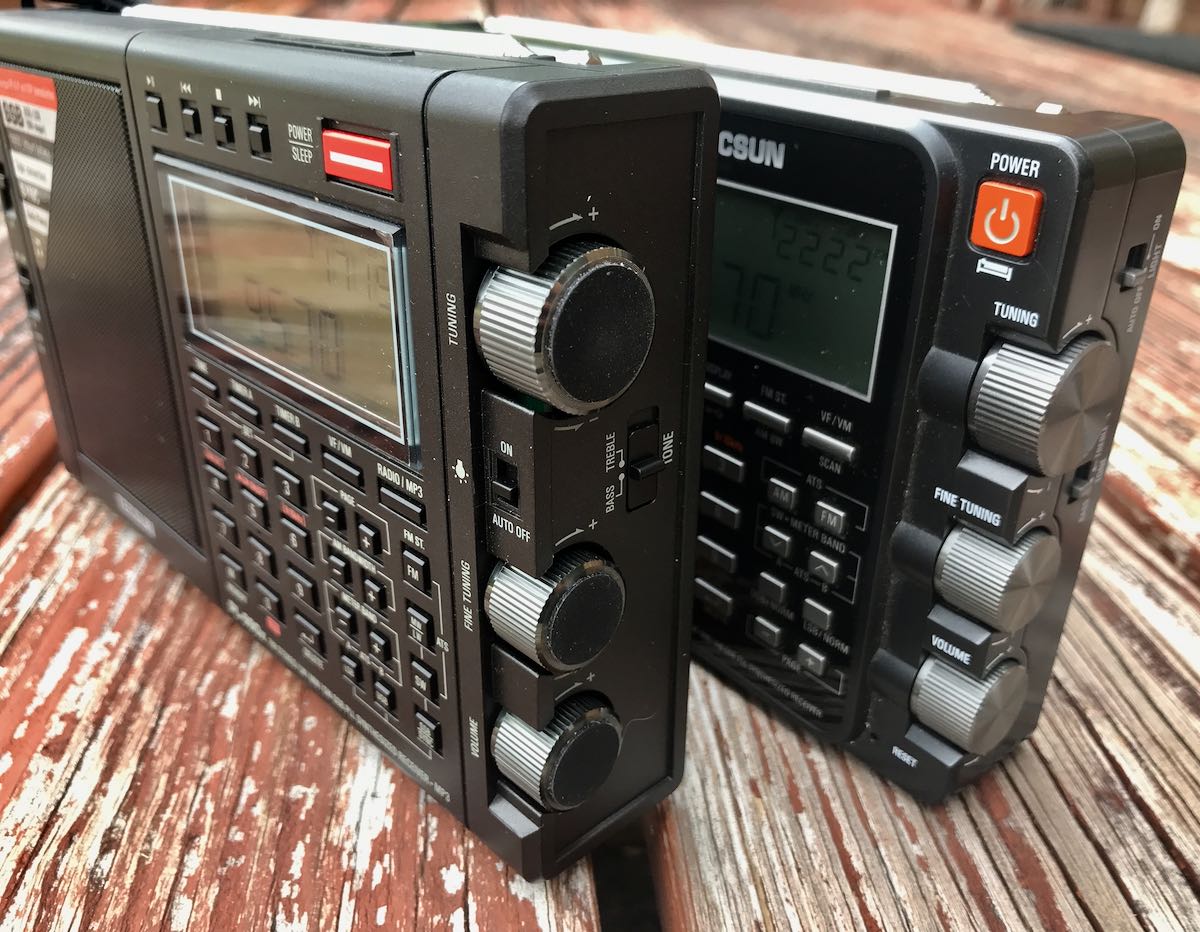 A number of PL-880 owners have been asking if it’s worth upgrading to the PL-990. I’m pretty sure Dan and I–both being primarily shortwave enthusiasts–would agree that it’s not worth upgrading to the PL-990 at this point. I would wait to see how the upcoming, much larger, H-501 performs.
A number of PL-880 owners have been asking if it’s worth upgrading to the PL-990. I’m pretty sure Dan and I–both being primarily shortwave enthusiasts–would agree that it’s not worth upgrading to the PL-990 at this point. I would wait to see how the upcoming, much larger, H-501 performs.
I’ve also been asked by readers what I like about the PL-990 in comparison with the PL-880. Here’s a list from my notes:
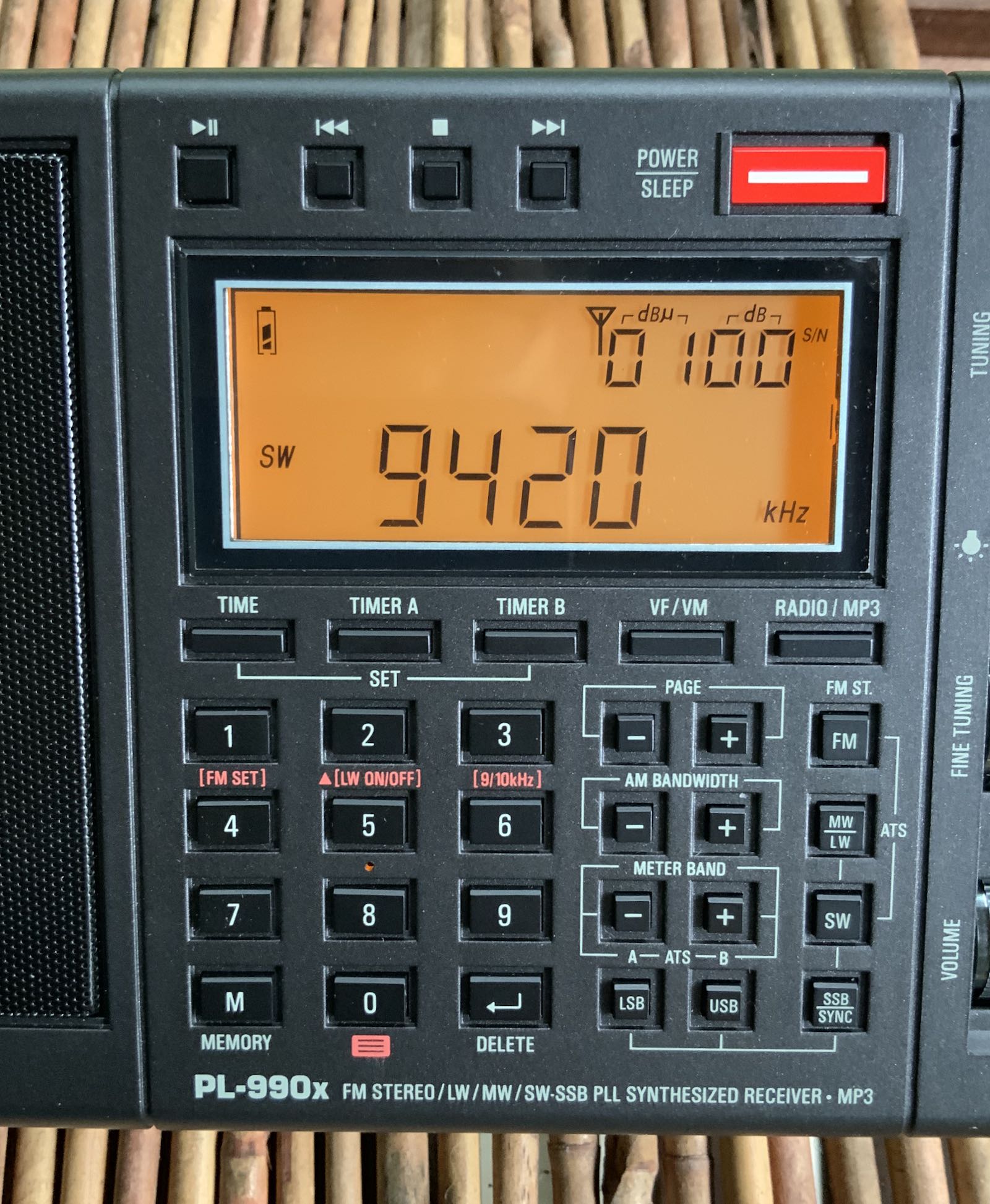
I prefer the ergonomics and front panel layout of the PL-990. The PL-880 is fine, but the PL-990 is better in my opinion.
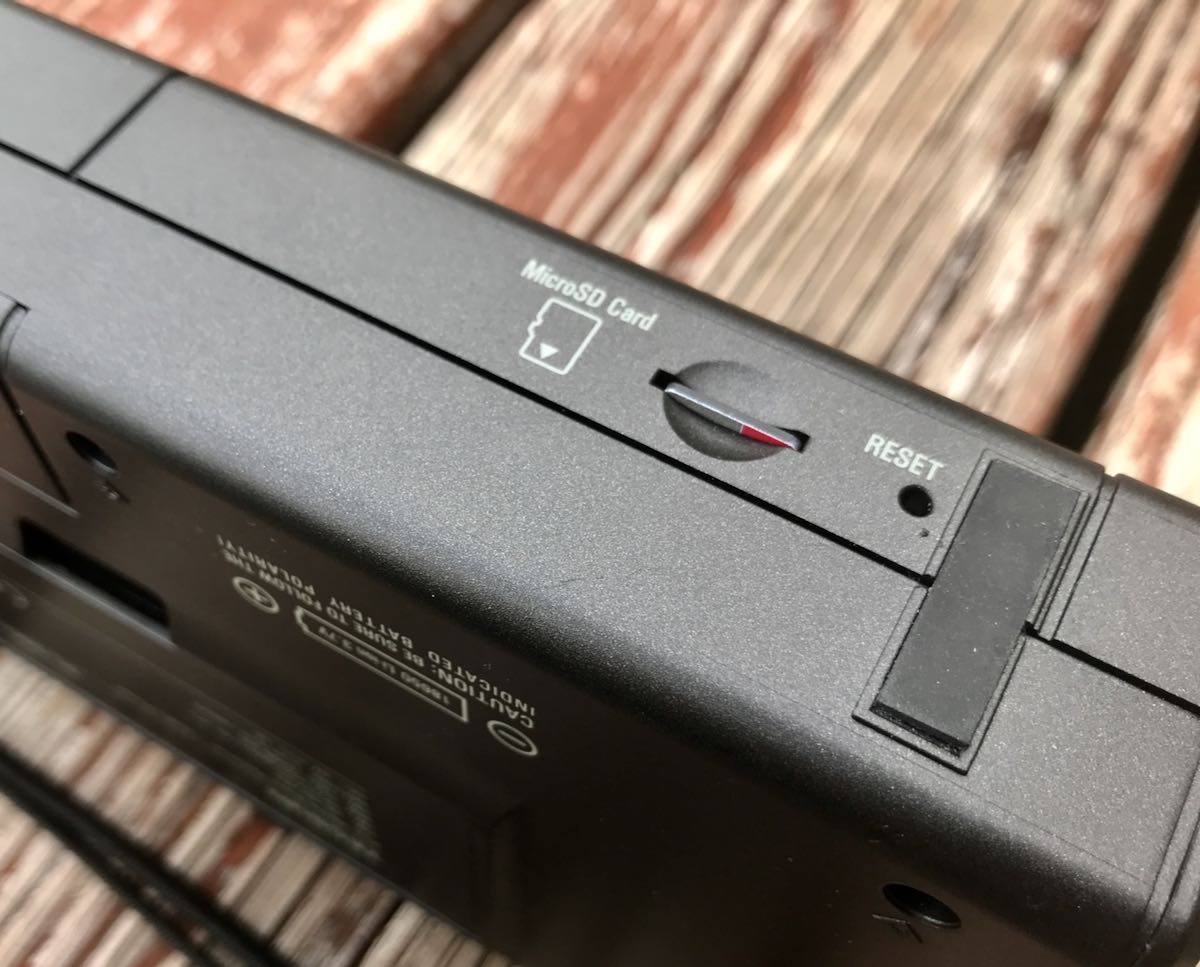
The MicroSD card is found on the bottom of the radio.
While I really wished the PL-990 had a recording feature, I do appreciate the new digital audio player with removable MicroSD storage. It’s a simple process to load music, audiobooks, or podcasts on the PL-990. This is especially a bonus for me while I travel because I can also load recordings of ambient noises (from myNoise) to help with sleep in, say, a noisy hotel. (But golly I wish it could record as well!)
Why it’s a “hidden feature” I’m not sure, but I appreciate the fact that the PL-990 can also double as a capable Bluetooth speaker.
Summary
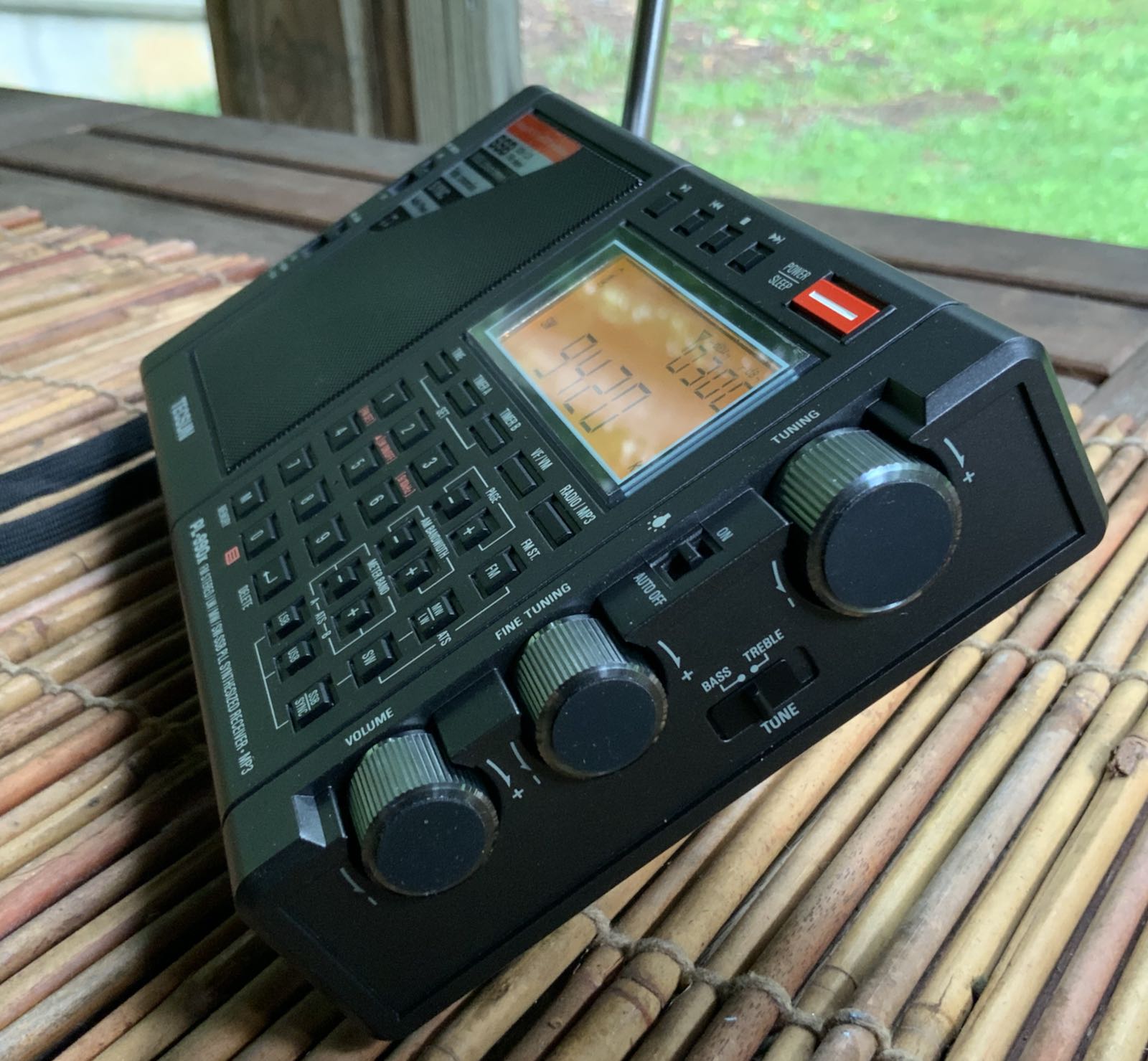
In the end, the PL-990 is not a game-changer in the Tecsun product line: it’s an incremental upgrade in terms of features.
If you own the PL-880 and are primarily an SWL, there’s no need to grab a PL-990 just yet. Wait for the H-501. If you’re considering either the PL-990 or PL-880 and prefer slightly better mediumwave performance, digital audio playback, and Bluetooth functionality, grab a PL-990.
Pricing and availability
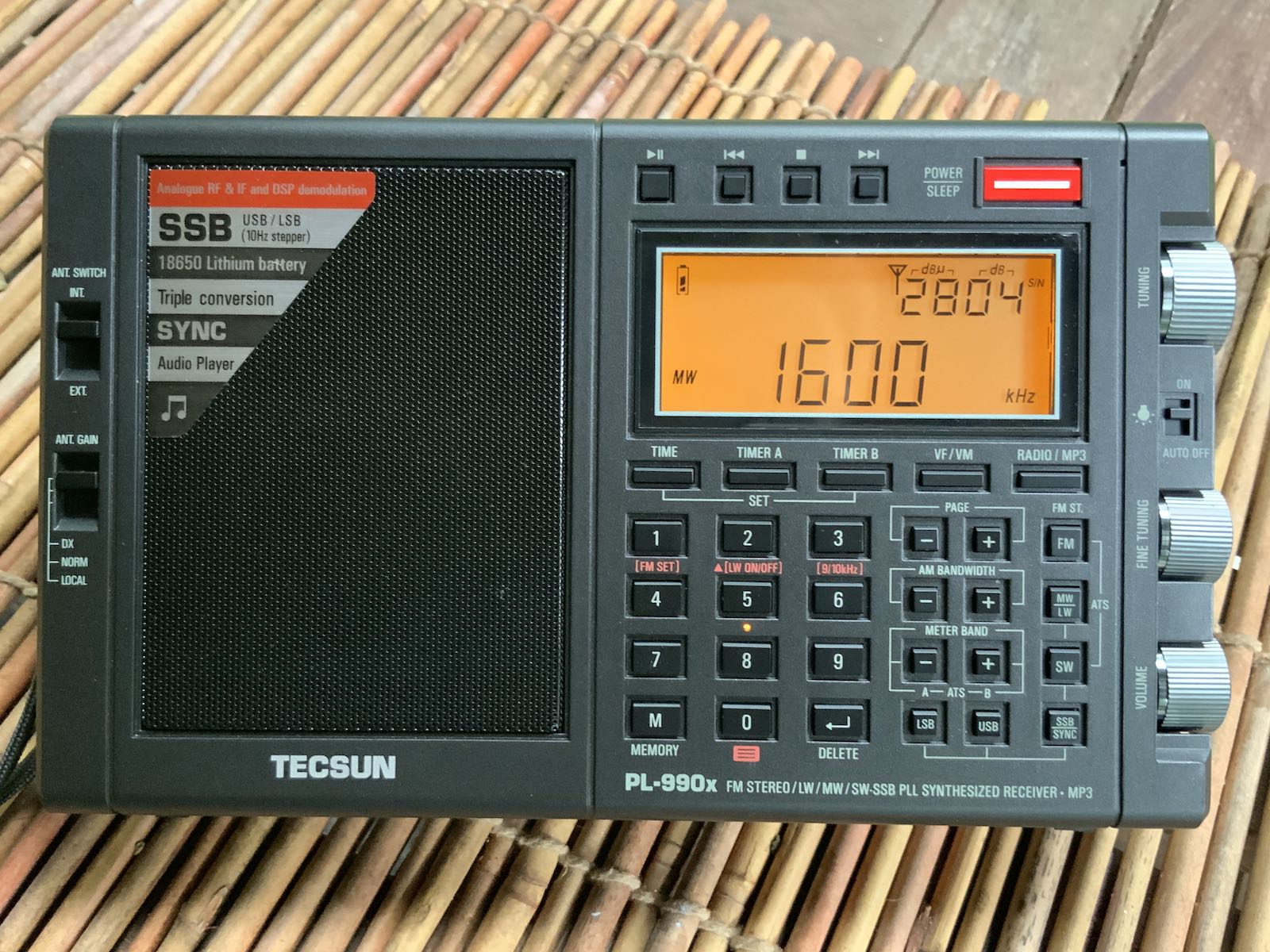
Tecsun Radio Australia has just received their first batch of PL-990 inventory and are immediately available for $550 AUD.
Nevada Radio plans to receive their first batch of the PL-990 in the UK next week and have a pre-order price of £259.95.
Anon-Co has not yet posted pricing or availability of the PL-990x, but I expect they will soon.
Production and Pre-production comparison
Tecsun Radio Australia has kindly offered to send me one of their production PL-990 units to compare with the pre-production PL-990x. I’m very grateful to them for doing this as it will be interesting to see if there are any differences between the two models. Of course, I’ll report my findings in the 2021 WRTH review and notes here on the SWLing Post. The production PL-990 is already en route to SWLing Post HQ via DHL.
For more PL-990 information check out:
Do you enjoy the SWLing Post?
Please consider supporting us via Patreon or our Coffee Fund!
Your support makes articles like this one possible. Thank you!


